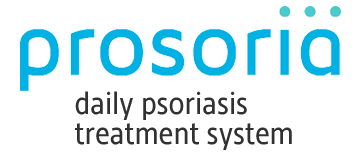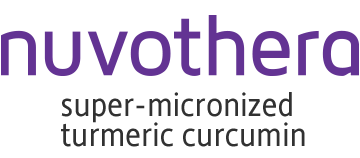
Did you know there are five different types of psoriasis? Although the appearance and effects of the disease can vary, one thing all people living with the disease have in common are experiences of shame, embarrassment, and isolation.
Psoriasis is an immune-mediated disease caused by an overactive immune system response. This article will review each type of psoriasis, what it looks like and its unique challenges.
Plaque Psoriasis

Plaque psoriasis is the most common form of the disease. It is characterized by large, primarily symmetrical plaques of dry, inflamed skin that can appear anywhere on the body but commonly on the knees, elbows, back, and scalp. The unique challenge of this disease is covered skin with thick silver plaques of dead skin, which itch, can be painful, and cause cracking of the skin. Scratching the areas seems to provide temporary relief; however, it can lead to breaking of the skin, bleeding, and other infections.
Inverse Psoriasis

Inverse Psoriasis is a condition that has patches of dry skin very similar to plaque psoriasis; however, the location of these plaques are in the folds of skin such as the armpits, groin, and folds of skin. Having the condition in these sensitive areas can be especially debilitating because of sweat and skin rubbing against skin. Additionally, many of these areas require a topical treatment different from what you would use for plaque psoriasis on other areas of the body because typical treatments may be too strong to be placed in these areas.
Pustular Psoriasis

A less common form of psoriasis is pustular psoriasis. When a person has this form of psoriasis, a smaller blister-like pustular filled with puss will appear on the body, most commonly on the palms of the hands and feet. Even though this form of psoriasis is associated with puss, the disease is still not contagious or anything someone can catch.
Guttate Psoriasis

Often mistaken for bug bites, guttate psoriasis is characterized by small itchy teardrop spots that appear on almost any part of the body, excluding palms and nails. You can have both plaque and guttate psoriasis appear on the body simultaneously.
Erythrodermic Psoriasis


